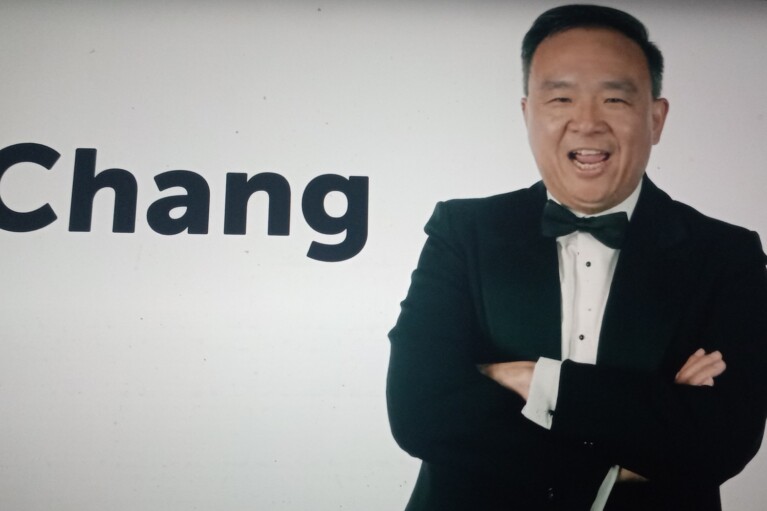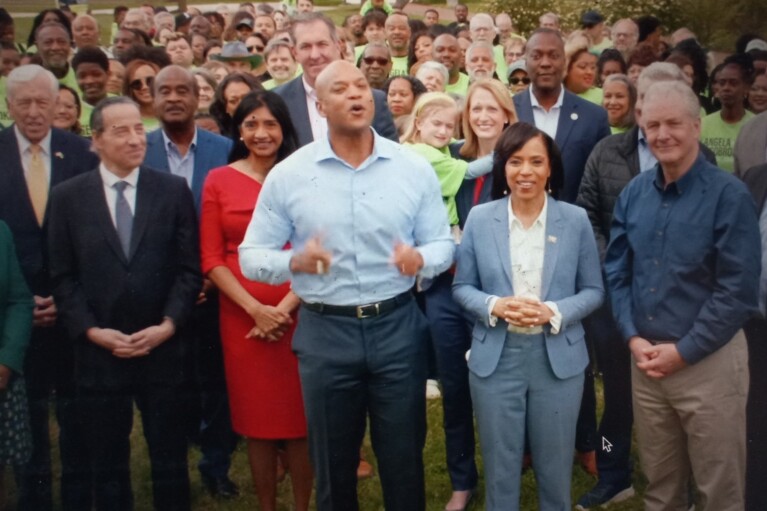
The advocacy world in Annapolis is an increasingly “VUCA world” – one characterized by volatility, uncertainty, complexity and ambiguity.
This was evident when Gov. Lawrence J. Hogan Jr. (R) was elected (and then re-elected) by campaigning on the theme Change Maryland. Since then there has been a non-stop flood of changes, most notably in the General Assembly. There has been unprecedented turnover from retirements and incumbent re-election losses; House Republicans increasing their numbers in one election cycle and the Democrats reversing those gains in the next election cycle; new committee chairs in both the House and Senate; House Speaker Michael E. Busch’s untimely death and President Thomas V. Mike Miller Jr.’s decision to step down as Senate president.
Despite these unprecedented changes, there are well established and familiar lobbying strategies for advocacy in the General Assembly. They include:
- Developing/maintaining working relationships with legislators and key staff;
- Maintaining high visibility in and about the State House throughout the 90-day session;
- Remembering that anything can happen on any bill at any time until Sine Die.
That said, constituents and voters have also changed. On both sides of just about every issue, more constituents and voters are ready, willing and able to express their views directly to elected officials. Gone are the days when a relatively small number of constituents and voters regularly contacted elected officials on a relatively few issues.
Accordingly, while success in advocacy will always require the traditional advocacy strategies noted above, even greater successes requires historically underutilized strategies to educate, energize, engage and mobilize constituents and voters.
They include:
- grass-roots and grass-tops mobilization campaigns;
- assembling and managing diverse coalitions;
- strategic communications campaigns with the right messages delivered to the right people at the right time using the right mix of traditional, new and emerging media.
A perfect example of how not using constituent and voter involvement strategies can derail high stakes advocacy efforts, look no further than the failed attempts of the Trump administration and former Republican majorities in Congress to repeal, replace or revise the Affordable Care Act.
In a Washington Post commentary, Ed Rogers observed “To repeal Obamacare, the GOP needed a plan, a PR blitz and discipline. They had a slogan.” Rogers goes in to say, “Don’t forget to convince the voters of why they should support what you are doing. This was a big issue, there should have been a big sales campaign … the GOP should have launched a major public affairs operation to turn the tide of public support in their favor.”
They did not, so after years of making repeal and replacement of The Affordable Care Act a central campaign promise of almost every Republican running for national office, it remains largely undone.
What are the lessons learned for advocates in Maryland? There are two:
Those who execute traditional advocacy strategies will continue to have success in the 2020 Maryland General Assembly session and future sessions. Those who also execute constituent and voter involvement strategies (either directly or in partnership with other advocacy professionals with expertise with these strategies) will have even greater success.
— DAVID REEL
The writer is Maryland director for Quantum Communications, a consulting firm that provides counsel/services on strategy, advocacy and media. Contact him at [email protected].




 Creative Commons Attribution
Creative Commons Attribution